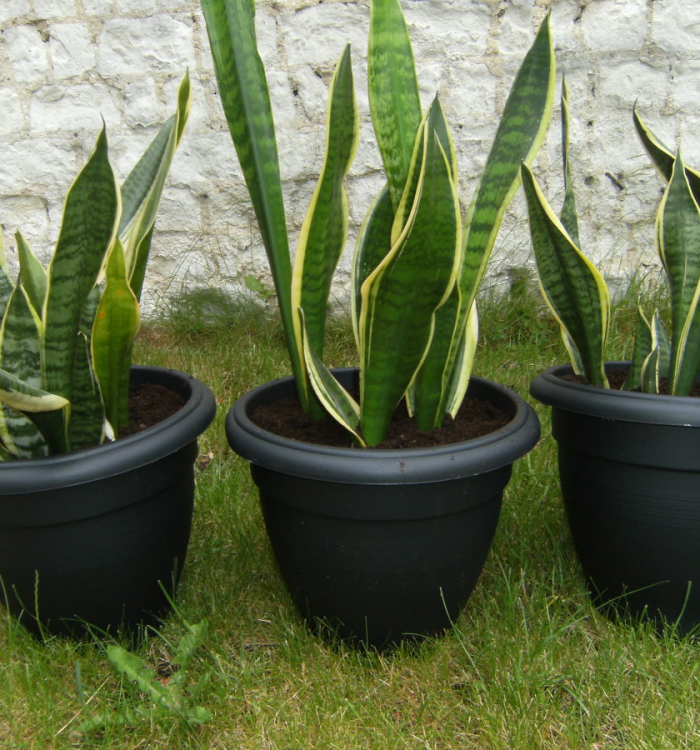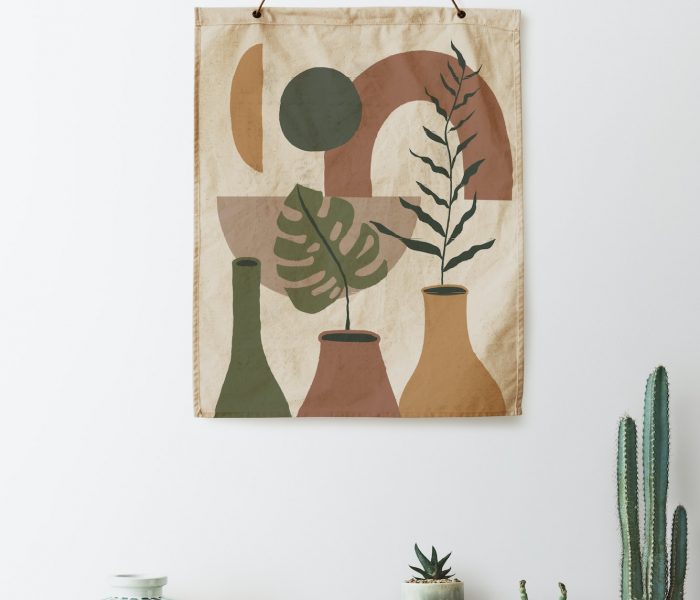People have raised aloe plants for their aesthetic and therapeutic benefits for thousands of years. Aloe offers therapeutic benefits and is sometimes referred to as the Wonder Plant.
There is a reason to call it a miracle, as according to the research, certain Aloe gels can be taken orally or applied topically to the skin to promote health and well-being. Due to this, people have been inclined to grow aloe vera at home to access its medicinal properties easily.
There are a lot of factors to consider when you grow your plants yourself. Placing your plant in a good plant pot is another way to demonstrate your concern for Aloe plants. It starts with finding the planter that makes your aloe vera thrive. Get the correct pot for your wonder plant to get off to a good start.
Aloe plants should be grown in an appropriate container because they require intense sunlight and some partial shade to thrive. This low-maintenance wonder plant requires the perfect amount of sunlight, infrequent watering, and the proper size pot to flourish. The pots for the aloe plants range in size from tiny to huge.



So, how do you pick the ideal container for your aloe vera plant?
Know the plant’s size, choose a container with excellent drainage, be aware of the pot’s materials, the soil’s weight and porosity, and, most importantly, use a large, more bottomless pot.
The pot should be in good condition and not excessively heavy or rusted. Choosing a pot with eye-catching hues is necessary when growing a plant indoors because aesthetics are crucial to maintaining the home’s beauty.
At Plant Judo, we have everything you are looking for in a suitable aloe vera planter. From the right material to exquisite designs, we can help you with all.
Get in touch with us to look at the different planter options we have for you.
You might be tempted to spend money on a large pot because you believe you won’t need to re-pot it. Aloe vera plants prefer smaller containers than many other types of plants. They adore it!
Bigger pots don’t work well for the aloe vera plant because they retain moisture for extended periods. Your plant might accidentally die! Aloe vera plants are naturally designed to grow in dry soil because they are native to desert regions. They immediately absorb all the water and store it in their bodies for later use.
Additionally, if you use a much larger container, it will absorb more water than is necessary and eventually start to rot. Therefore, it’s crucial to ensure there are just one or two extra rooms surrounding each root side.
The ideal perfect pot should be roughly one-third bigger than the plant. We have a range of appropriate planters that will give your plant a 1 to 2-inch gap on all sides, which is beneficial for the growth of the aloe vera plant. A pot like that also has space for the plant’s water supply.


Aloe vera is versatile and can grow in a variety of container types. Whichever pot you choose, the base must have drainage holes.
Without drainage holes in the pot’s base, water collects there and keeps the soil surrounding the aloe vera roots moist, encouraging the growth of root rot and making the succulent wither and die.
To recreate the aerated soil conditions of the aloe vera’s original environment, we have pots with drainage holes in the base in conjunction with the well-draining grit soil used to plant the plant.
Another benefit of grittier dirt is that it keeps compacted soil from obstructing drainage holes and slowing drainage. The cycle of a flood of rain followed by a dry spell typical of the aloes’ natural habitat is emulated by allowing the soil to dry up between waterings completely.
Aloe grows well in various materials, such as ceramic, plastic, resin, terracotta, wood, and metal. But when choosing amongst them, there is a chance to get it right and pick the option that will produce the best outcomes.
But which material is the best?
Our ceramic, clay or terracotta pots work best for aloe vera to produce the most significant outcomes. They are suitable for both indoor and outdoor gardening. Why? Perhaps the following suggestions will clarify:


But keep in mind that terracotta is the ideal material to use when planting an aloe plant. However, terracotta gets rather heavy once it has grown and is large and needs to be moved from home to the sun.
We recommend changing it to a lightweight resin or plastic option we have as the plant grows large. It is so that the miracle plant’s well-established root system can adapt to the decreased air exchange and drainage.
There are many benefits to carrying a porous pot. Clay, terracotta, lumber, and other porous natural materials can easily let air and moisture pass through them. Our porous containers allow air to pass through the plant’s roots and promote healthy growth.
As this moisture evaporates, it cools the soil, making it easier for plants to take surplus water from the soil and prevent root rot.
Please note that porous vessels quickly evaporate water, especially in the summer when the sun’s intense. Plant stress may result from underwatering. You need to check on the plant frequently to ensure water access.



Your planter’s weight determines where to place a pot. Some pots become heavy when watered and risk destroying a home’s deck. To facilitate easy movement, pick a pot that you can use both indoors and outside.
If you are a gardener who occasionally changes the appearance of your garden, be sure to use a movable pot that will enable you to adjust as needed. Rejuvenate an aloe plant, which may occasionally exhibit symptoms of distress or even pass away. To receive enough sunshine, you must shift it from indoors to outside.
But the plant’s stability is crucial even when picking a lightweight container. You will need an enormous container to keep the succulent plant from falling and being damaged if it is maintained in an open area. At Plant Judo, we have different options available based on your preferences, but you should prioritise the plant’s safety.
Did you know that singing to your plants will encourage them to grow more quickly?
Given that not everyone has the time to cheer at their plants all day, why not take the easy way out and buy your flowers and shrubs a brand-new pot so they can spread out?
For the perfect possible pot for your aloe vera, please choose from our vast selection of ceramic, plastic, and hanging pots and planters. Here at Plant Judo, we have just what you’re searching for, whether you want to grow your greenery in a beautiful welly boot or a standard orange pot.
Get in touch with us today!


Aloe vera plants are succulents, so use potting soil with proper drainage, such as the kind designed for cacti and succulents. Besides gardening soil, Perlite, lava rock, bits of bark, or any combination of the three, should be present in a good mix.
Aloe vera plants need deep but intermittent watering about every three weeks. Allow the soil to dry at least 1 to 2 inches deep in between waterings to prevent rot. Keep water off of your plant at all times.
It would be best to place your aloe in a window where it will get at least six hours of sunshine daily. Your succulent will start to stretch and lose its appealing, compact structure without prolonged, direct light. As the stem becomes brittle, it could collapse over.

Copyright © 2024 Plant Judo. All Rights Reserved
Kemp House, 152 – 160 City Road,
London, EC1V 2NX
United Kingdom